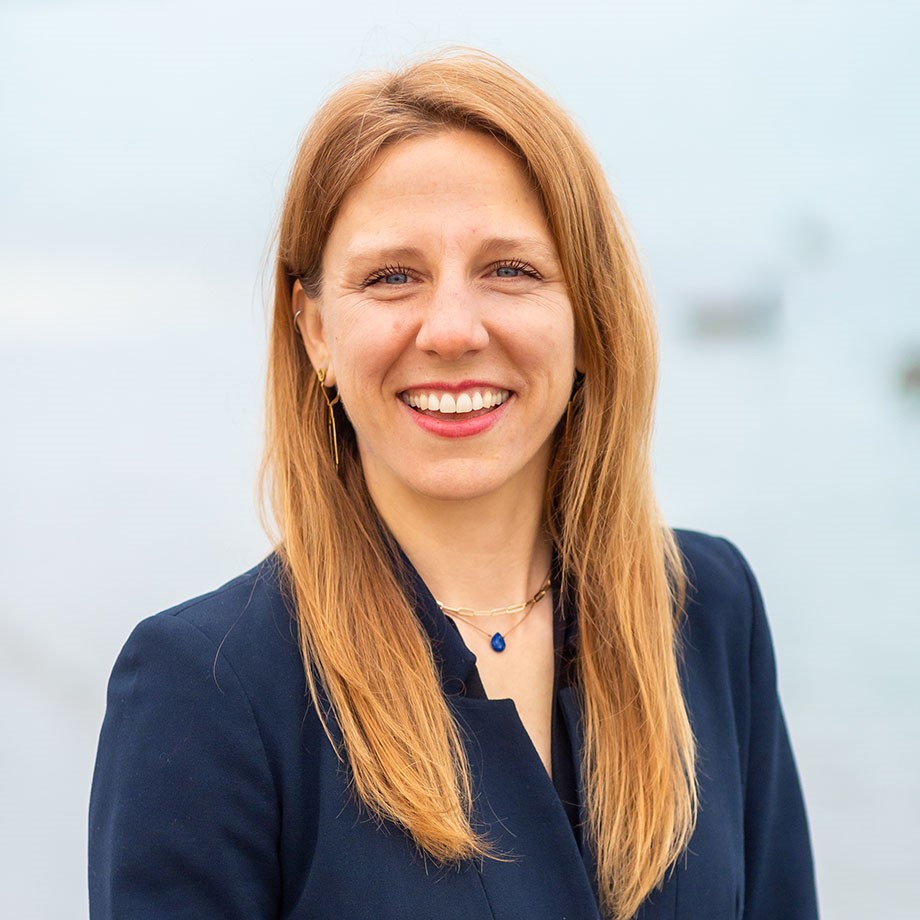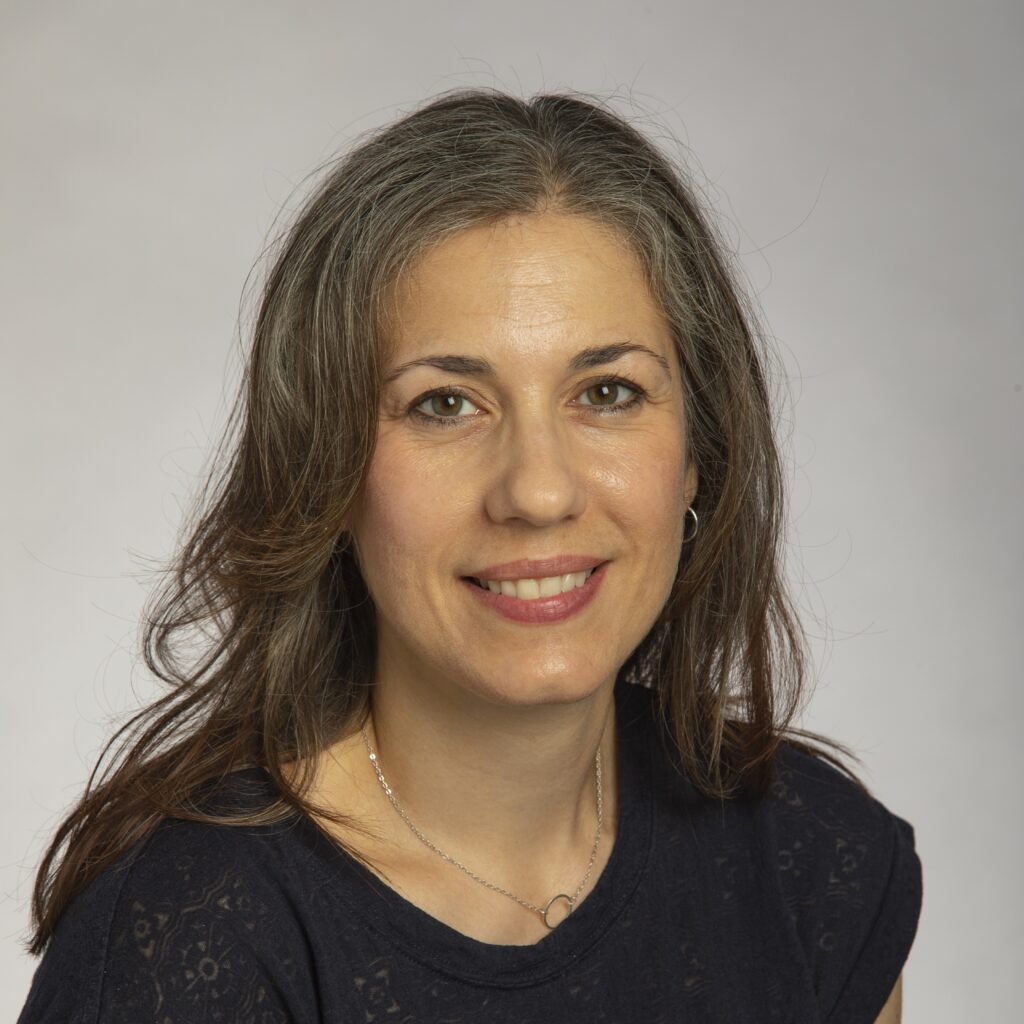

By
Marissa Jablonski, Executive Director, and Heidi Jeter, Marketing Manager,
Freshwater Collaborative of Wisconsin
Wisconsin is known as America’s Dairyland. The state is also a top producer of snap beans, peas, cranberries, potatoes, tart cherries, and corn. According to the Wisconsin Department of Agriculture, Trade and Consumer Protection, agriculture provides 11 percent of the state’s jobs and contributes more than $105 billion annually to the state’s economy.
Intensive agricultural activities unfortunately also contribute to phosphorus pollution, which significantly threatens the health and stability of Wisconsin’s 15,000-plus lakes and 84,000 miles of rivers and streams. The health of these bodies of water are critical to the state economy and its culture of outdoor recreation.
Wisconsin passed some of the nation’s earliest and most comprehensive phosphorus regulations in 2010, but harmful algal blooms remain an ongoing problem.
The Freshwater Collaborative of Wisconsin, an initiative of the 13 Universities of Wisconsin, has named Agricultural Water Management one of its top two grand water challenges in
Wisconsin. Funded by the Wisconsin State Legislature, which provides $5 million each biennium, the Foundation invests in collaborative research and programs that train the future workforce to address water challenges.
Since its inception in 2020, the organization has supported 15 grants to tackle phosphorous issues. These include everything from small research grants that investigated filter medium to funds to host a statewide phosphorus conference.
A Statewide Look at Phosphorus Policy
A pilot grant from the Freshwater Collaborative in June 2021 helped Melissa Scanlan, director of the Center for Water Policy at the University of Wisconsin–Milwaukee, to create the infrastructure for the Water Policy Network. Additional grants have helped to grow the network to more than 50 members.
In February 2023, the Center for Water Policy and members of the network organized the “Phosphorus: Lessons from 10+ Years of Numeric Standards for Wisconsin’s Waters.” The statewide conference sought to evaluate Wisconsin’s phosphorus regulatory implementation and asses the rules’ impacts on water quality.
The nearly 250 attendees included academic researchers working on water issues, agricultural and conservation professionals and agencies, farmers and producers, policymakers, and community members.
The event was sponsored by the Freshwater Collaborative of Wisconsin, along with the Wisconsin Department of Natural Resources; Wisconsin Department of Agriculture, Trade and Consumer Protection; the Alliance for the Great Lakes; The Palmer Foundation; and the Environmental Law Section of the Wisconsin Bar.
One of the primary goals of the conference was to help shape phosphorus policy change in Wisconsin. The resulting report detailed numerous recommendations including
- fixing regulatory gaps and limitations;
- better supporting phosphorus management strategies that transition away from annual crops that leak high levels of phosphorus from fertilizer toward more sustainable systems such as perennial grasslands; and
- expanding public education and outreach.
The Freshwater Collaborative Water Policy Network continues to meet regularly. In addition, the Freshwater Collaborative is working to establish a Phosphorus Collaboration Group, which would help stakeholders partner to advance the research agenda that emerged from the conference.
A Center for Rural Sustainability
Another grant provided seed funding for the University of Wisconsin–Stout to create the Center for Sustainable Communities. This emerging center will identify opportunities research, service learning, outreach, community involvement, and student experiences that strengthen environmental, social, and economic sustainability in rural areas.
UW-Stout faculty are working with UW-Madison and Grassland 2.0 to create a learning hub around agriculture issues in the Red Cedar Basin. Located in one of Wisconsin’s most heavily farmed areas, the watershed experiences frequent blue-green algal blooms. The learning hub will bring together farmers, researchers, and public and private sector leaders to determine how to implement restorative agricultural processes that benefit all stakeholders.
The center has also become the home for the Red Cedar Basin Monitoring Project led by Associate Professor Keith Gilland. For the past three years, the Freshwater Collaborative has provided funding for undergraduate students from multiple universities to examine the effectiveness of restorations projects implemented years ago to reduce runoff and restore stream channels and buffer areas.
The researchers are also trying to determine the root causes of the toxic algal blooms regularly seen in lakes in the region.
Research into Phosphorus Removal
At the University of Wisconsin–Green Bay, researchers are evaluating the use of natural and industrial by-products for their phosphorus sorption potential. Green Bay is part of the Great Lakes watershed. Edge-of-field treatments are required within the watershed to treat agricultural runoff and improve water quality. While agricultural runoff treatment systems — including constructed wetlands and sedimentation basins — reduce suspended sediment, additional technologies are required to further remove phosphorus.
A $10,000 grant from the Freshwater Collaborative in 2020 enabled Assistant Professor Michael Holly to hire an undergraduate researcher to work on filter media testing. He has since hired multiple students and has incorporated his research into UW-Green Bay’s environmental science capstone courses to provide students with research experience and practice analyzing data.
Testing filter media for Calumet, Outagamie and Brown Counties has become a core function of Holly’s lab — and preliminary data from the first Freshwater Collaborative grant played a key role in securing federal funding.
In 2023, Holly and his colleagues received a $750,000 Capacity Building Grant from the U.S. Department of Agriculture, National Institute of Food and Agriculture. The research includes collaborators from Outagamie County, USGS, and UW-Platteville. Their goal is to develop cost-effective solutions for removing phosphorus from agricultural runoff and reducing harmful algal blooms in the Great Lakes.
Phosphorous pollution remains a significant issue in Wisconsin. The Freshwater Collaborative leaders believe the only way to address it effectively and economically is through research collaborations, partnerships among academia and all stakeholders, and the sharing of information and data.
The Freshwater Collaborative of Wisconsin is a statewide initiative of the 13 public Universities of Wisconsin. We are building a collaborative network of universities, industry, government agencies, nonprofits, tribal nations, and communities to address water challenges and train Wisconsin’s future water workforce. We invest in collaborative freshwater research and programs that engage middle school and high school students and offer intensive hands-on coursework, research opportunities and internships to undergraduates.